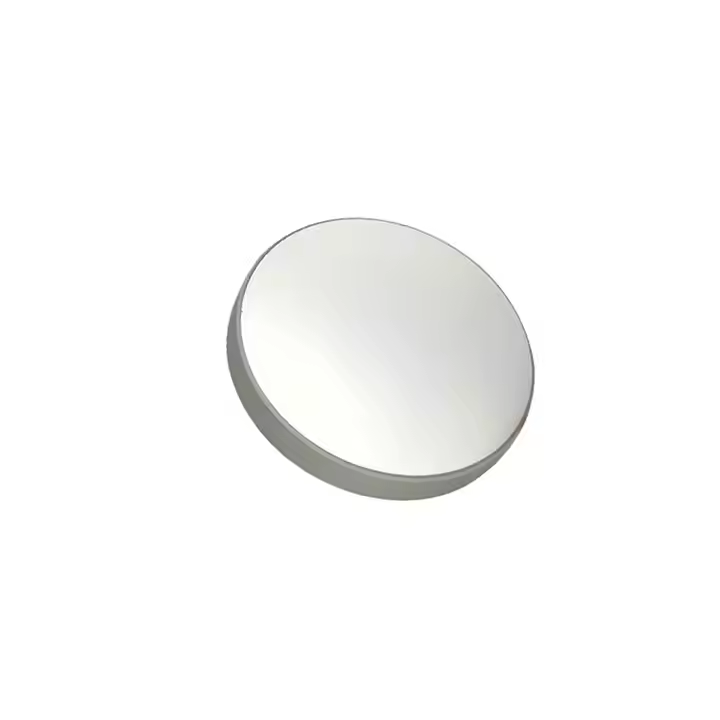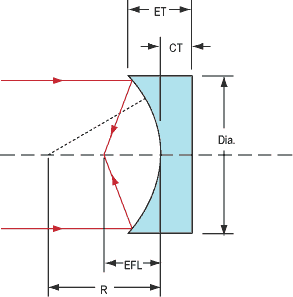Optical spherical reflector
Optical spherical reflector is one of the indispensable basic components in optical systems, which reflects and focuses light through spherical curvature. It is widely used in astronomical observation, laser systems, imaging equipment and other fields.

The operation of optical spherical mirrors is based on the law of light reflection. When light is projected onto the surface of a mirror, the reflected light, incident light, and the normal at the reflection point are in the same plane, and the reflection angle is equal to the incident angle. According to the principles of geometric optics, when the angle between a light ray and the optical axis is small (paraxial approximation), a concave mirror converges the light ray parallel to the optical axis at the focal point, while a convex mirror diverges the light ray, and its focal point is the virtual focal point.

1. Astronomical observation field
In the field of astronomy, optical spherical reflectors are the core components of reflective telescopes. The Keck telescope in the United States uses multiple spliced concave mirrors as the main mirror, with a diameter of up to 10 meters, which can collect extremely weak light, allowing astronomers to observe the details of distant galaxies and celestial bodies, promoting the development of astronomy.
2. Industrial and scientific instruments
Laser resonant cavity: Spherical mirrors are used to control the reflection path of laser beams and optimize energy distribution.
Microscope illumination system: Concentrate the light source through a spherical reflector to improve illumination uniformity.
Optical sensors: In devices such as infrared spectrometers, spherical mirrors are used for focusing and collimating light beams.
3. Civil equipment
Spherical reflectors play an important role in scenarios such as car headlights and projector light source adjustment, and their high temperature resistance and color difference free characteristics are superior to lens systems.

